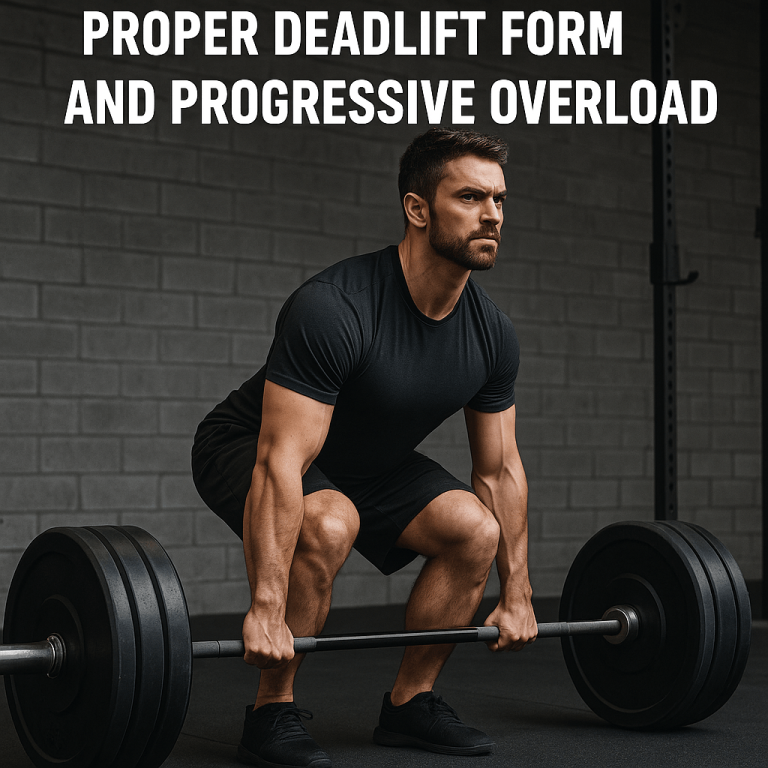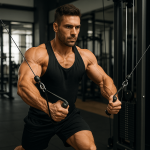Deadlifts are one of the most effective exercises for building strength and muscle mass — but only when performed with proper form. Poor technique can lead to serious injuries like herniated discs, scoliosis, or chronic back pain. That’s why mastering the correct posture is crucial before you increase the weight.
When you approach the bar, make sure your back remains completely straight — not rounded or twisted. Your feet should be shoulder-width apart, and the barbell should be positioned directly over the middle of your feet. Grip the bar just outside your knees, keeping your shoulders slightly in front of the bar and your gaze fixed forward or slightly downward.
Engage your core, take a deep breath, and lift the bar with controlled force. As the bar reaches knee level, thrust your hips forward to stand upright. To complete the rep, lower the bar slowly and under control until it reaches your knees, then safely drop it or place it on the ground. Failing to release the bar at the right moment can overload the lower back and increase the risk of injury.
Once you’ve mastered the correct form, it’s time to focus on progressive overload. Many beginners waste energy on high repetitions with light weights, but that’s not the ideal approach for deadlifts. Instead, push yourself toward lifting the heaviest weight you can manage with proper form. Increase the weight gradually over time, and always aim to lift heavier than your last session.
When you start deadlifting two to three times your bodyweight, the rush of satisfaction and confidence you’ll feel is unmatched. It’s a powerful moment that reflects not only physical strength but mental determination as well.
Remember: Deadlift is not just an exercise — it’s a discipline. With proper technique, patience, and relentless effort, it can become one of the most rewarding movements in your fitness journey.



https://shorturl.fm/FXdVv
sb2rk3
https://shorturl.fm/486uX
https://shorturl.fm/1eNuh
https://shorturl.fm/6FUWi
https://shorturl.fm/QzCKT
https://shorturl.fm/mrsNP
https://shorturl.fm/n4NXh
https://shorturl.fm/B5kpt
https://shorturl.fm/XFs6G
https://shorturl.fm/AIir3